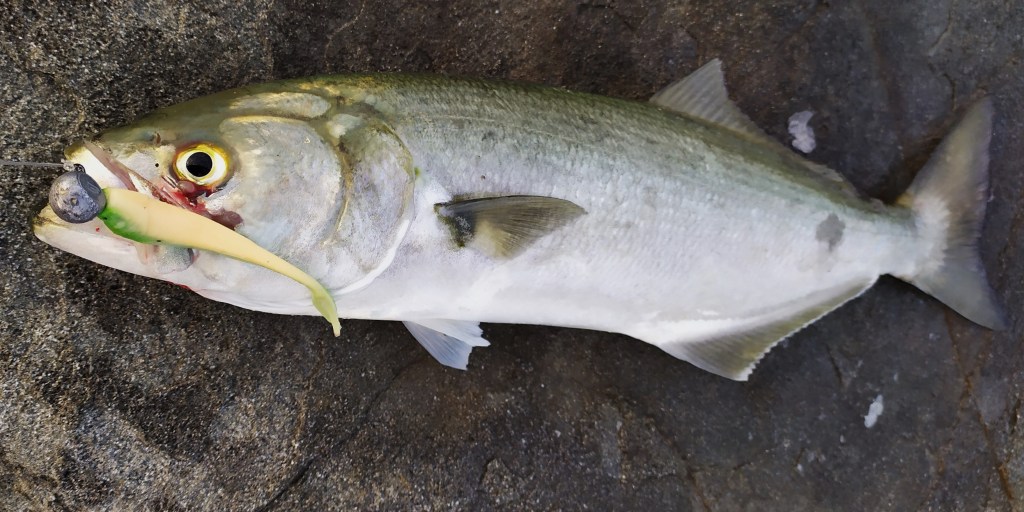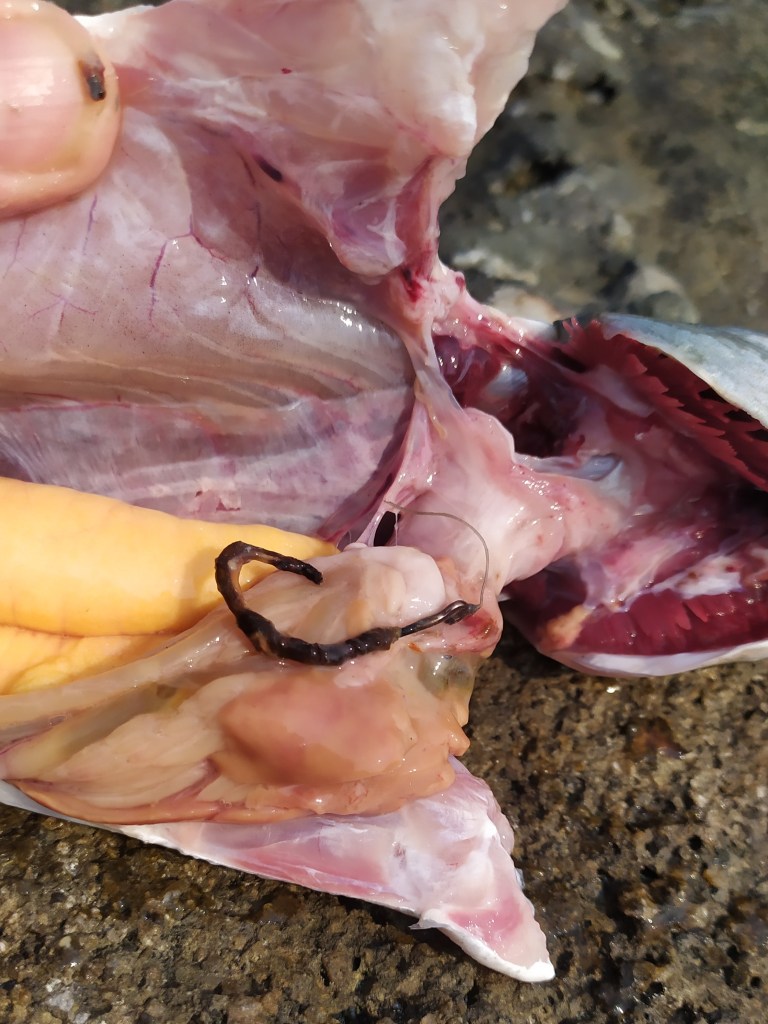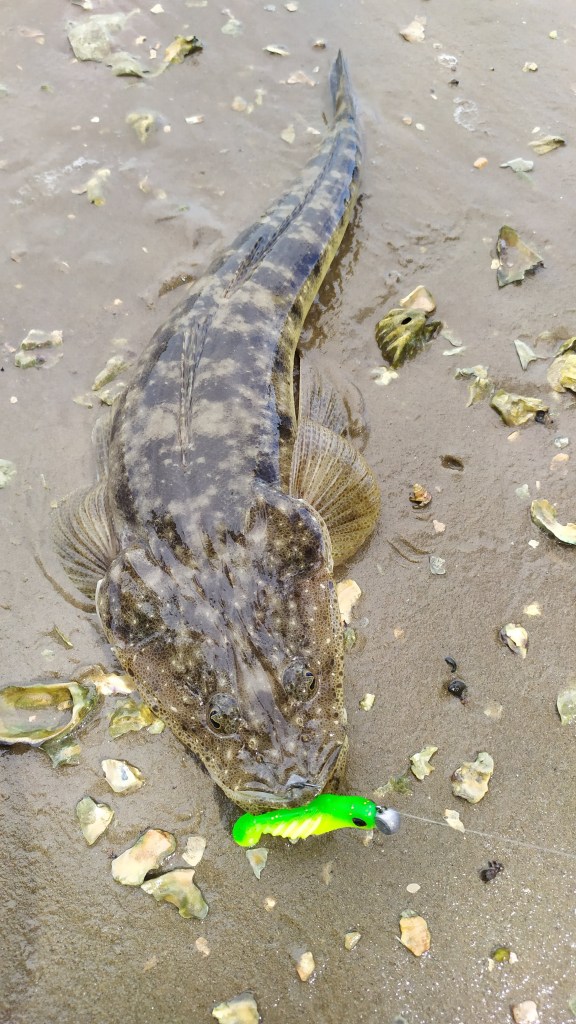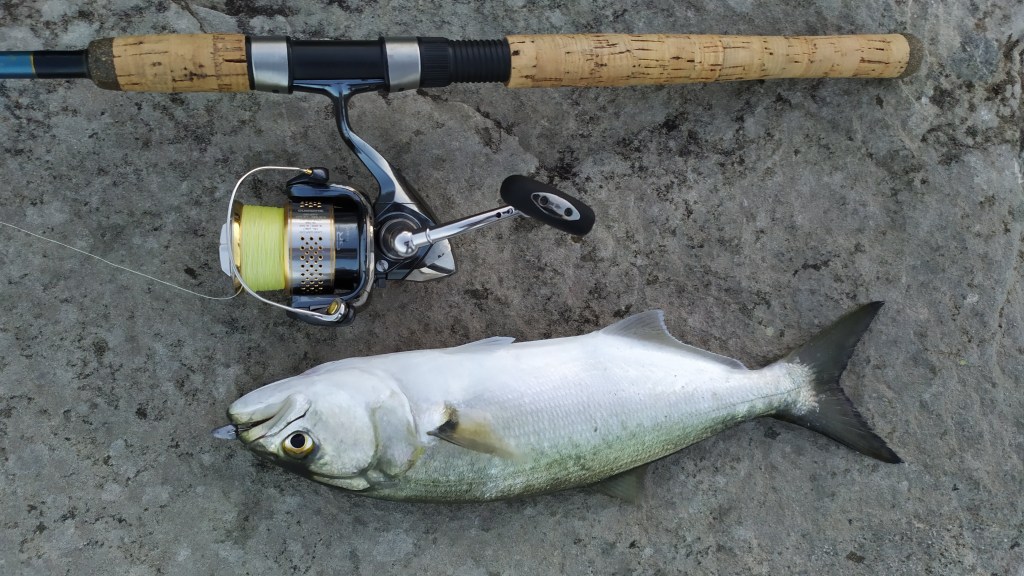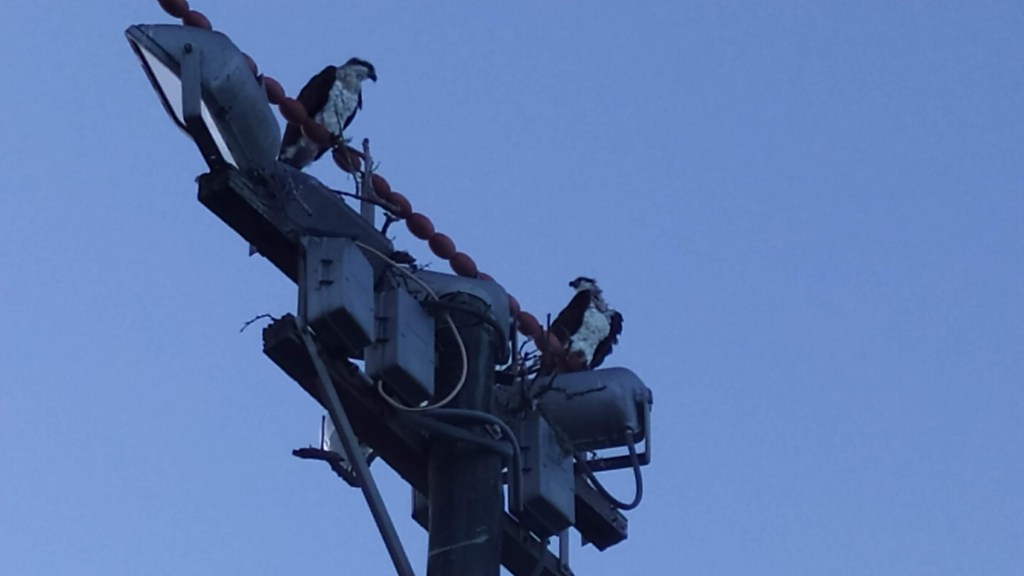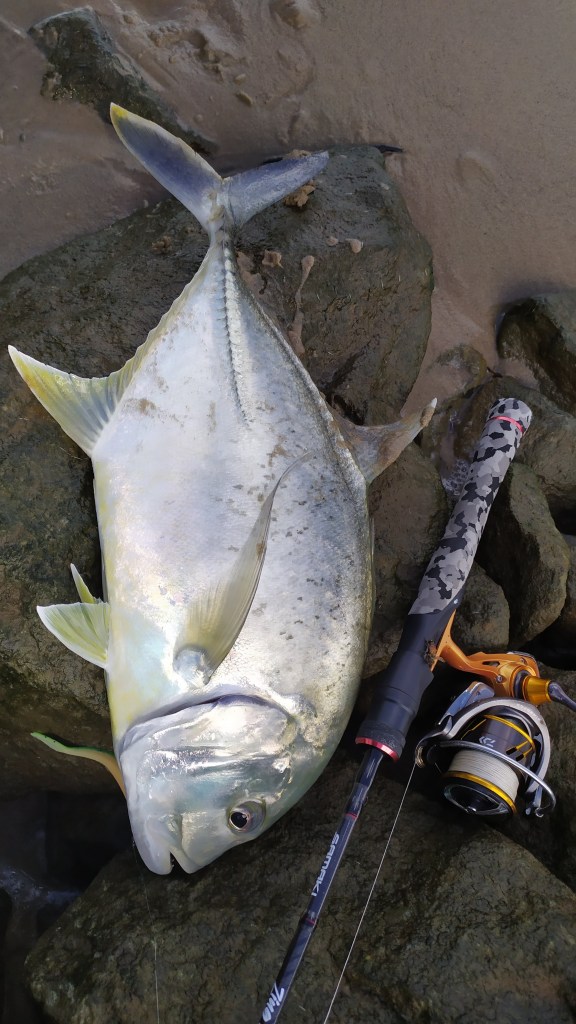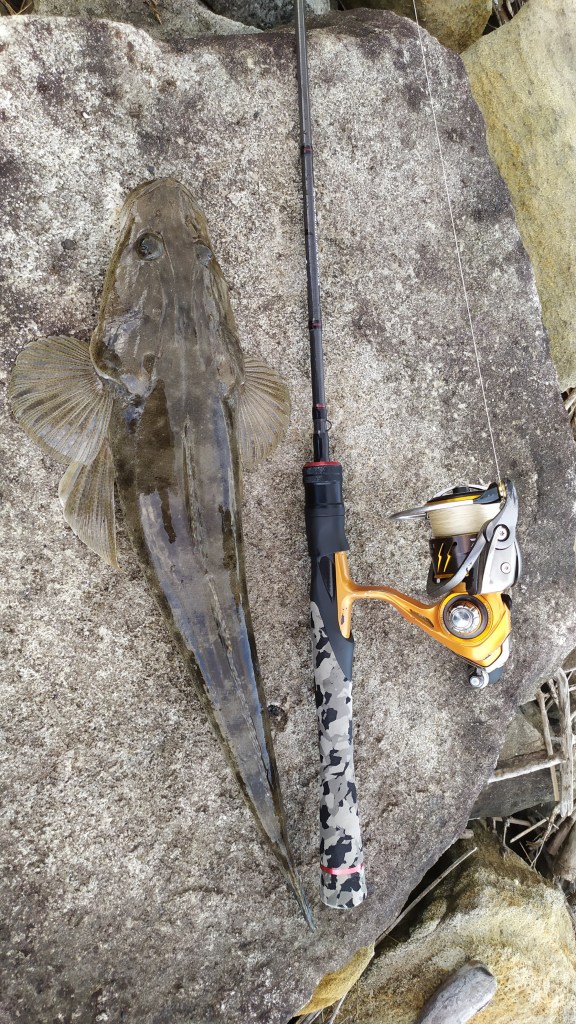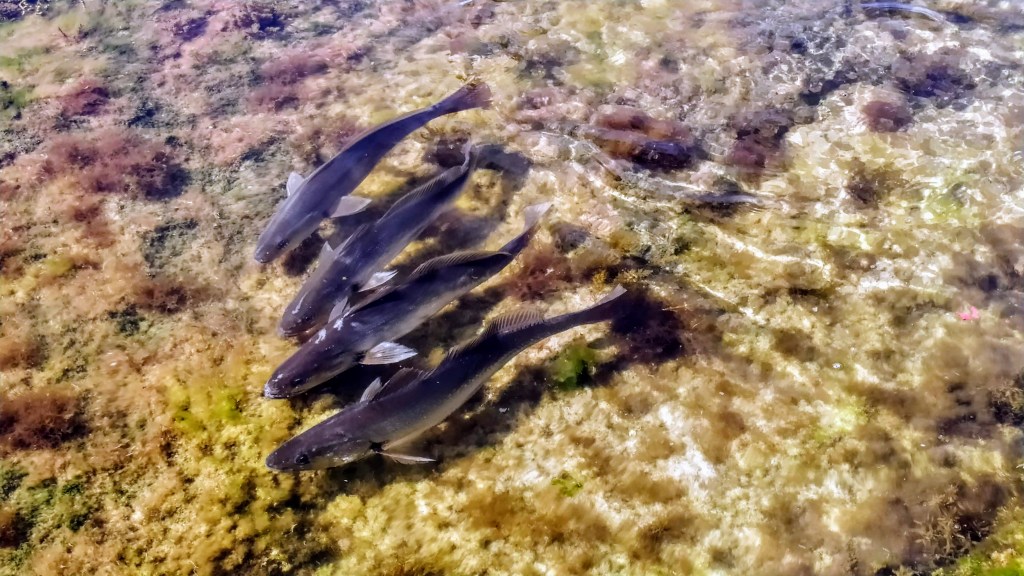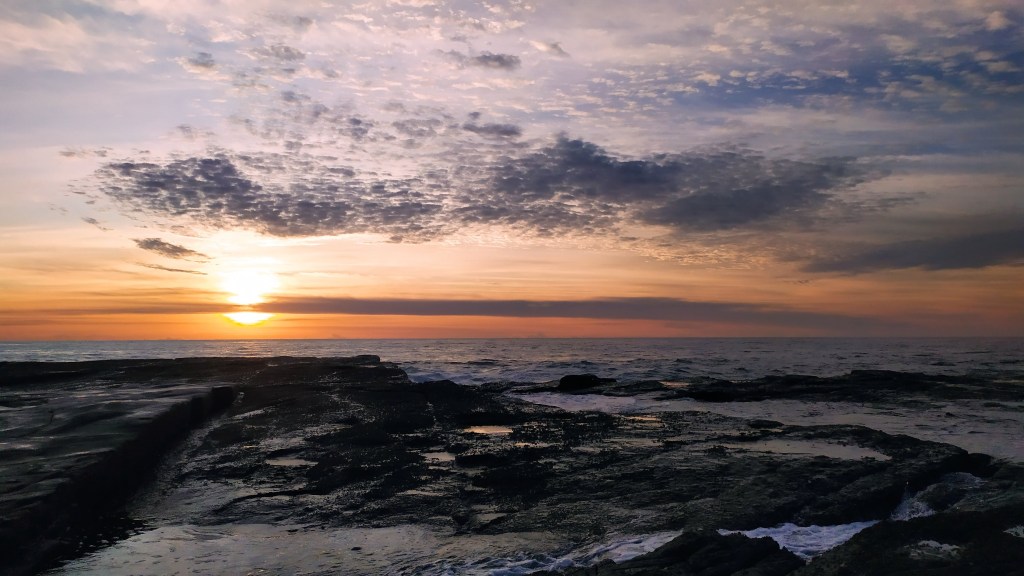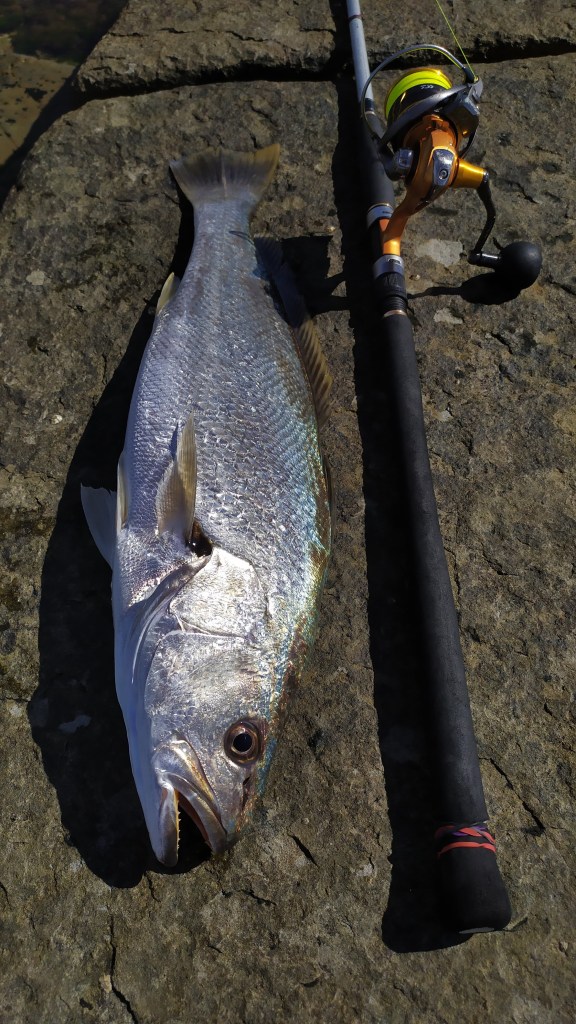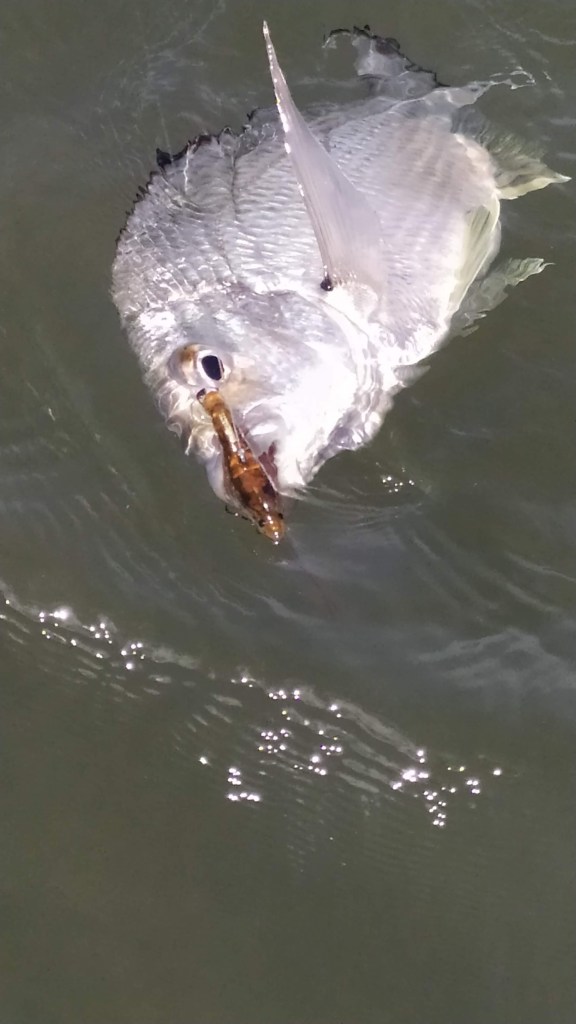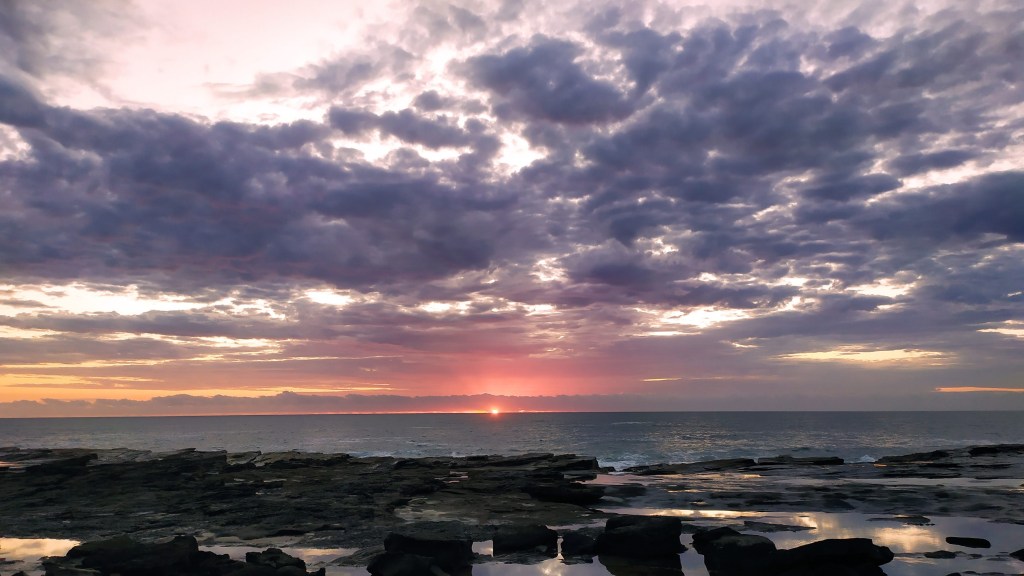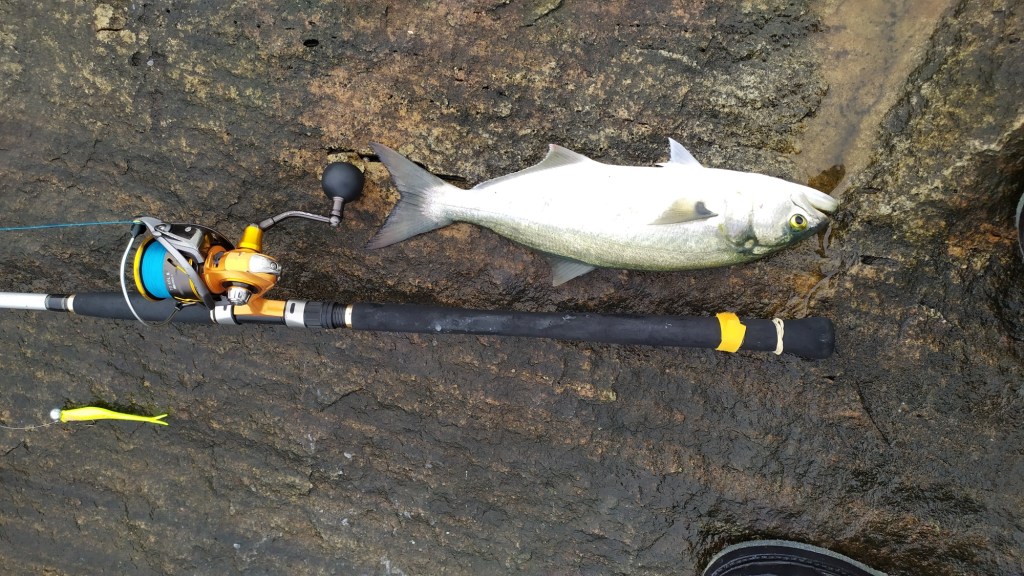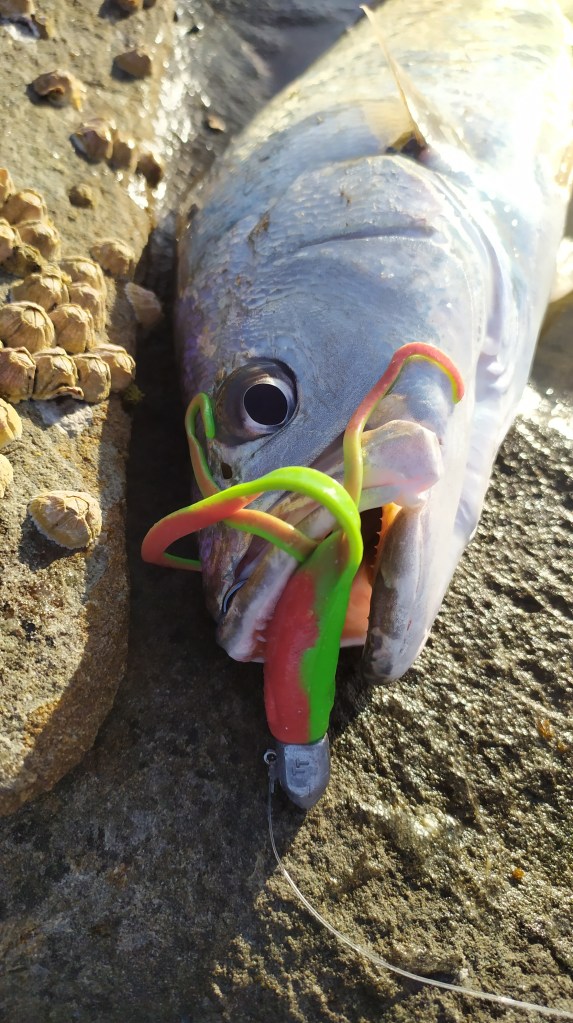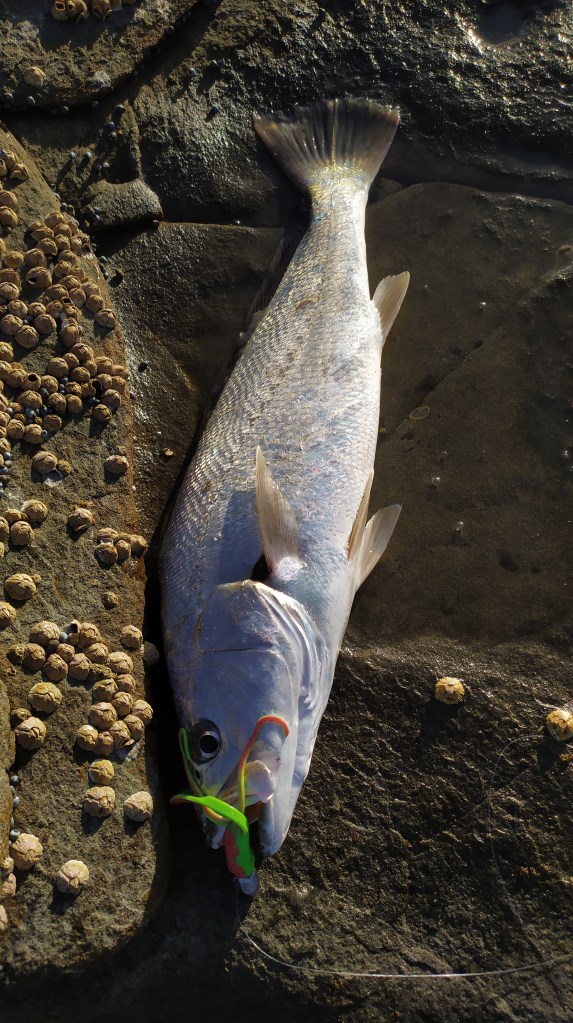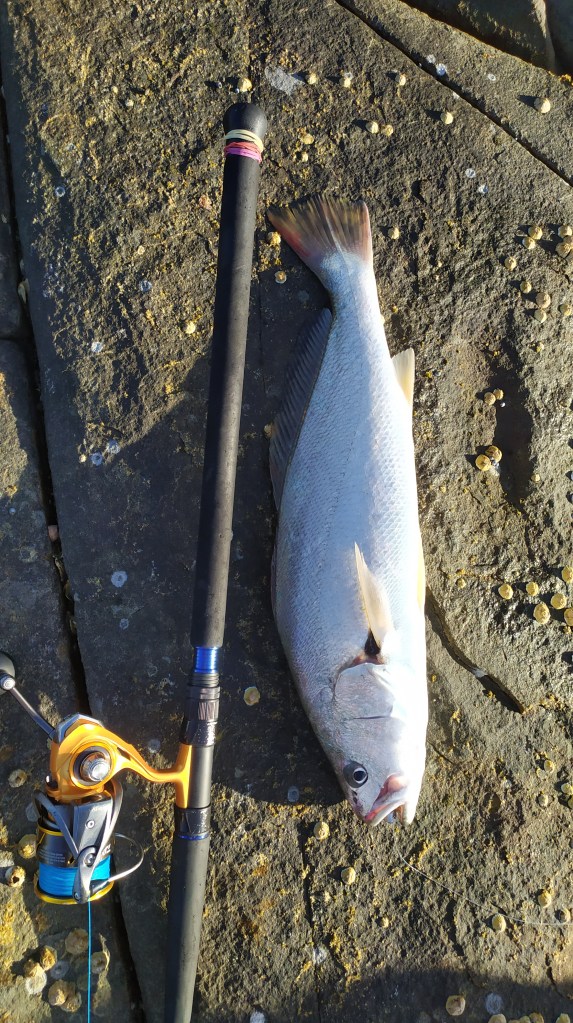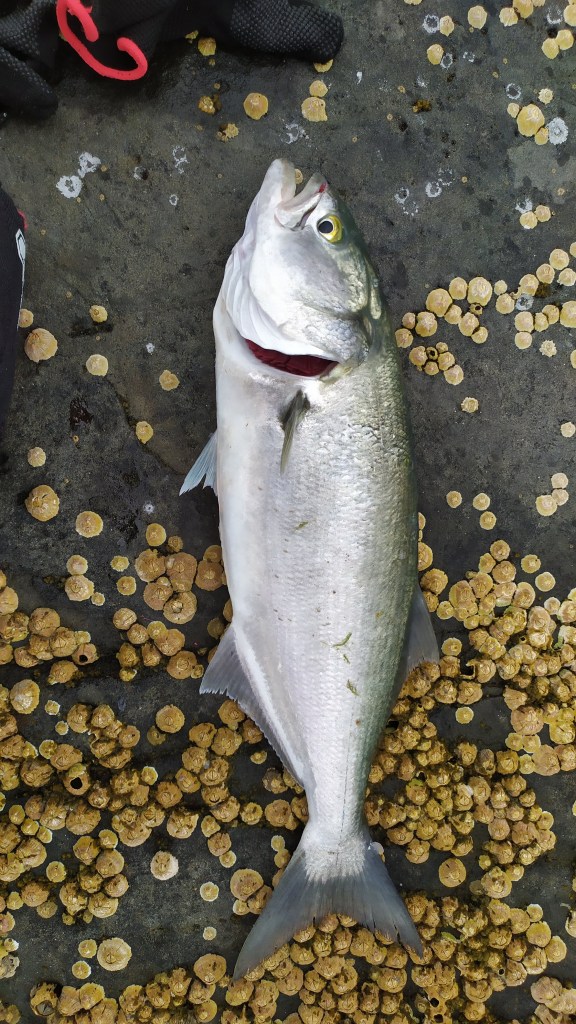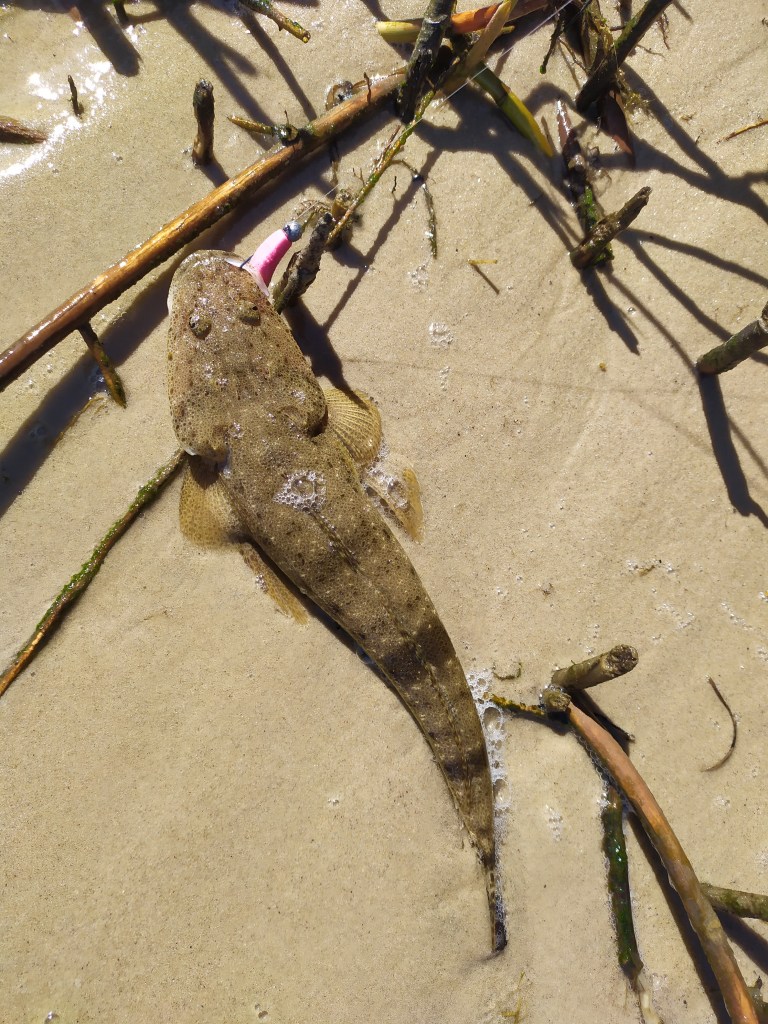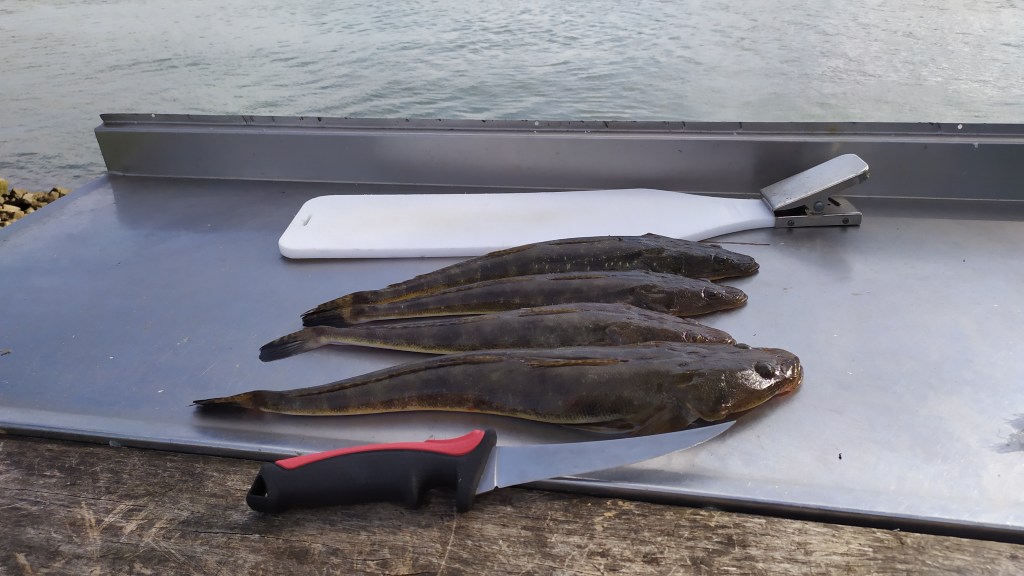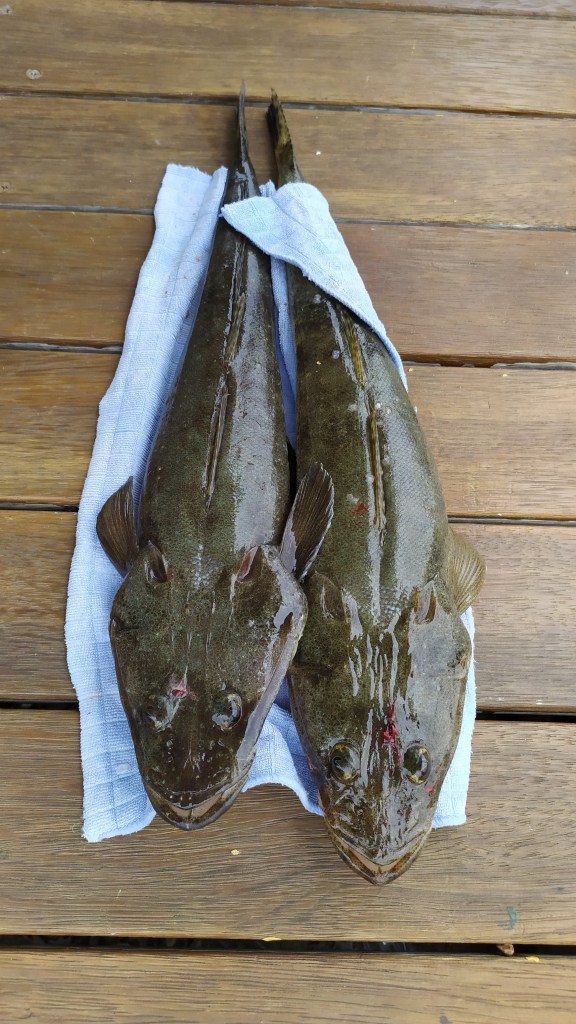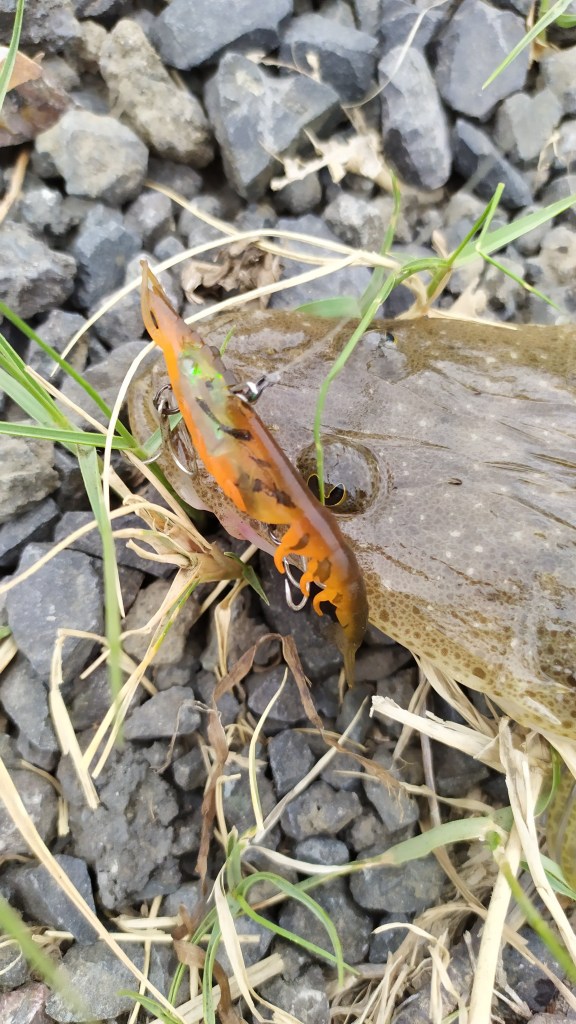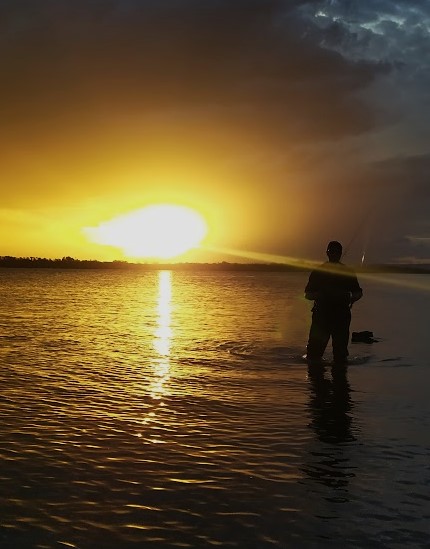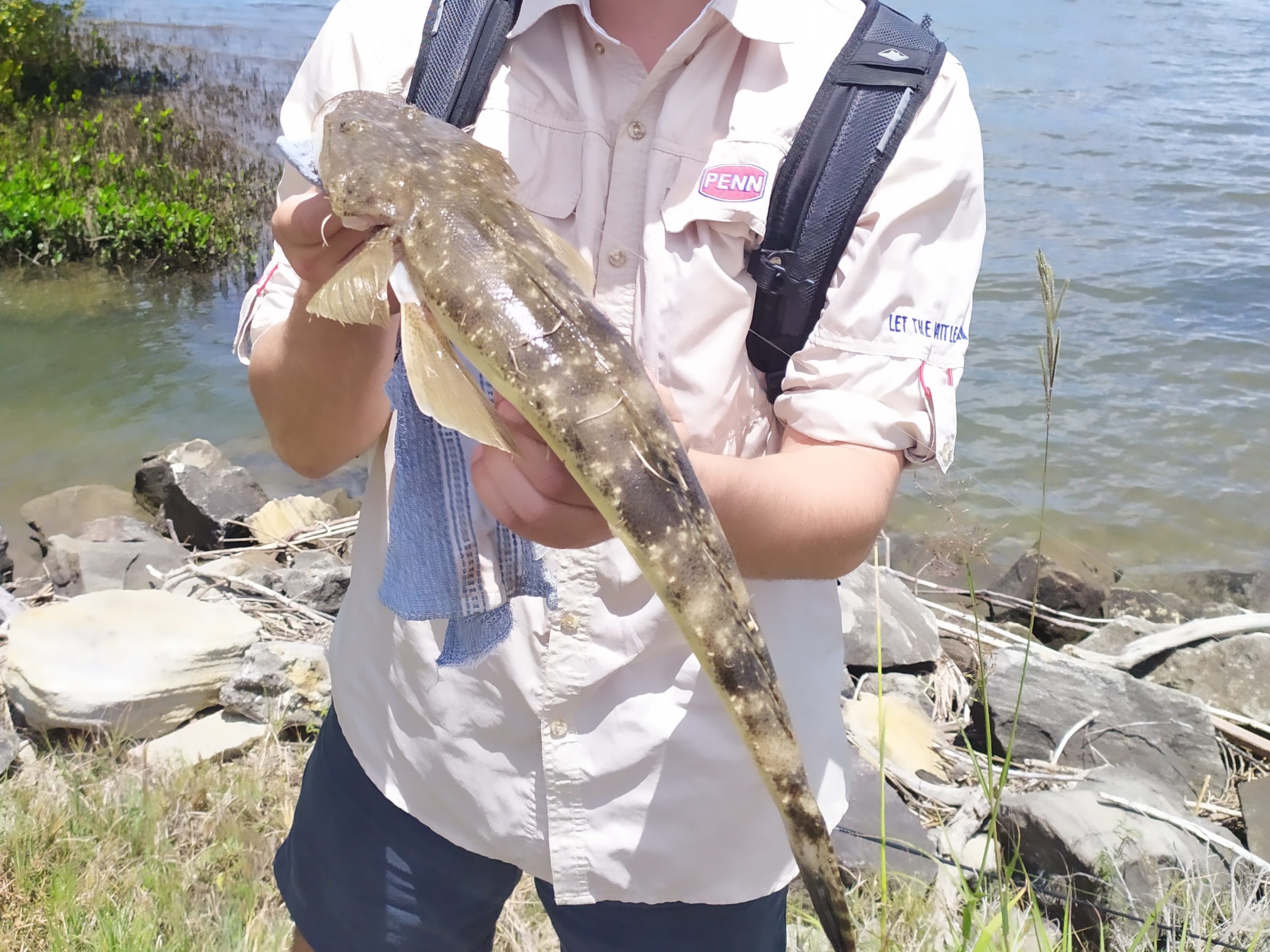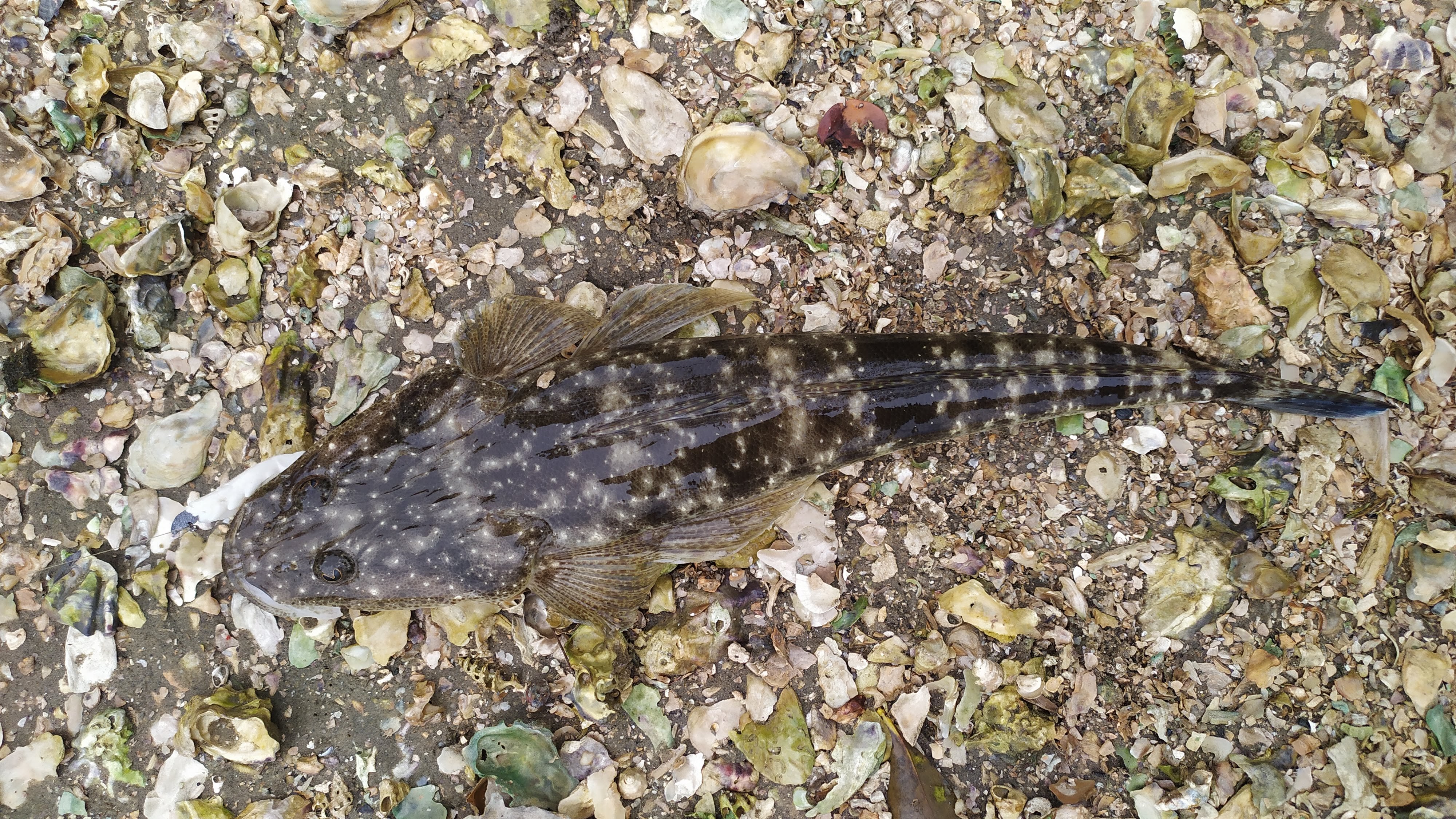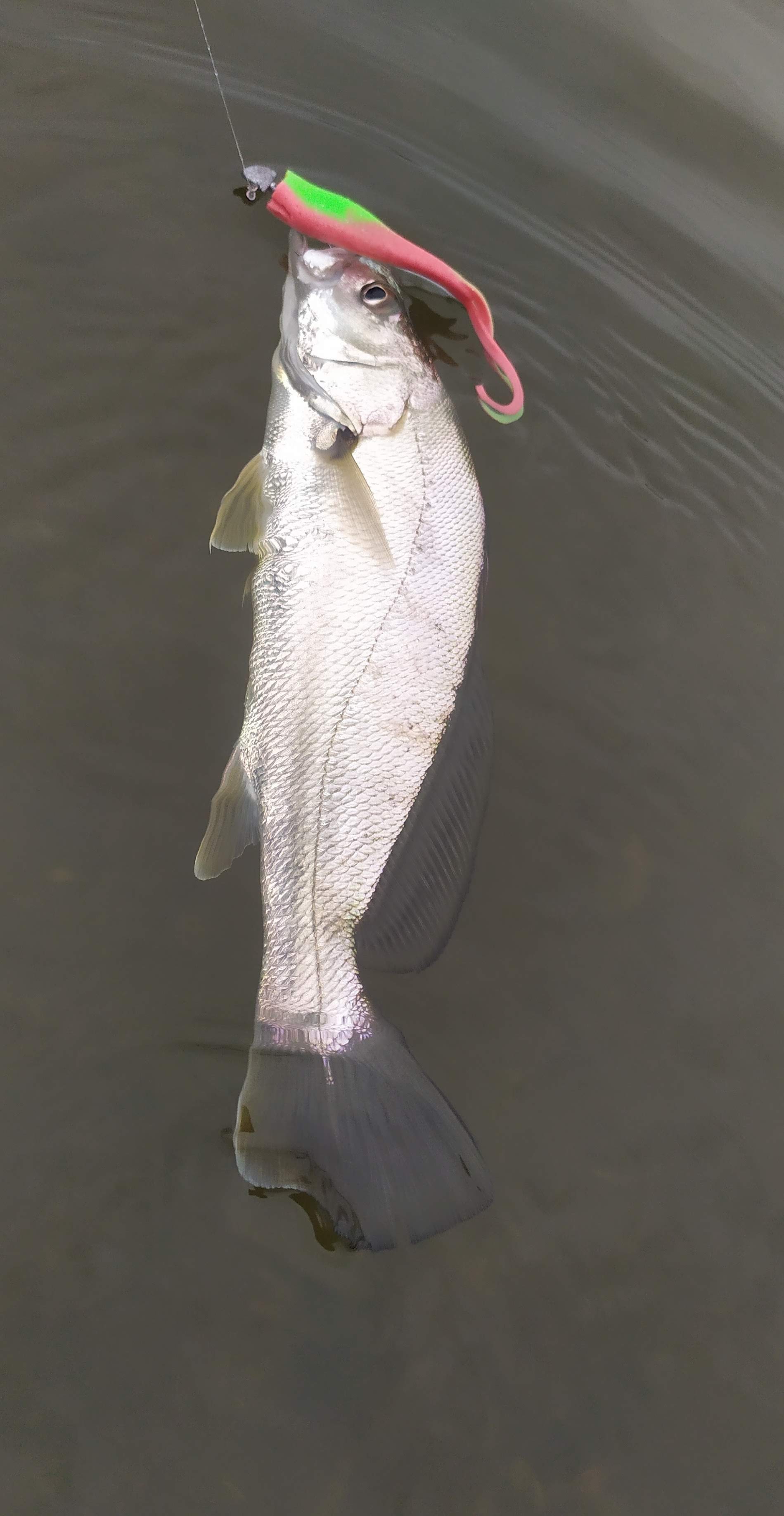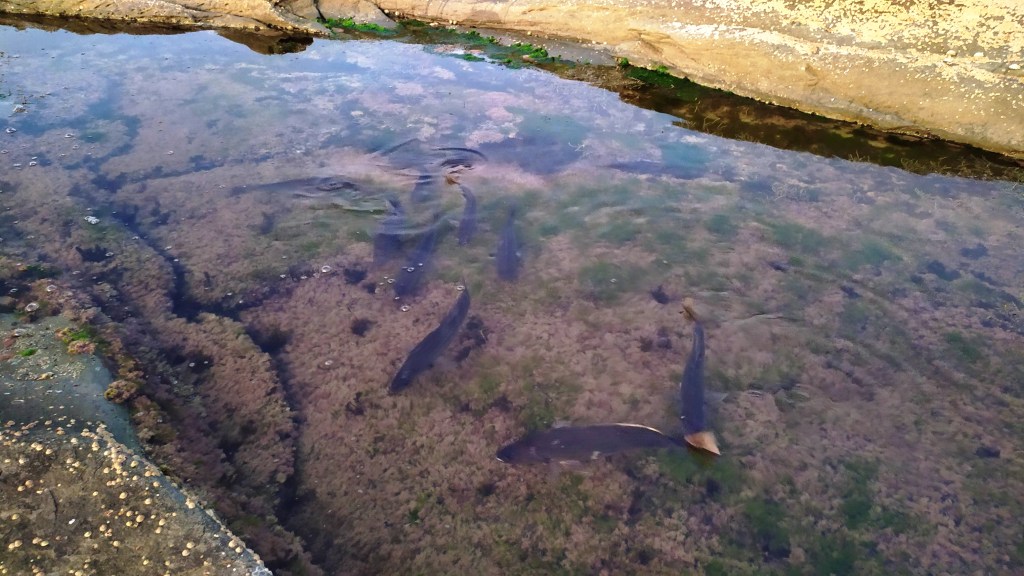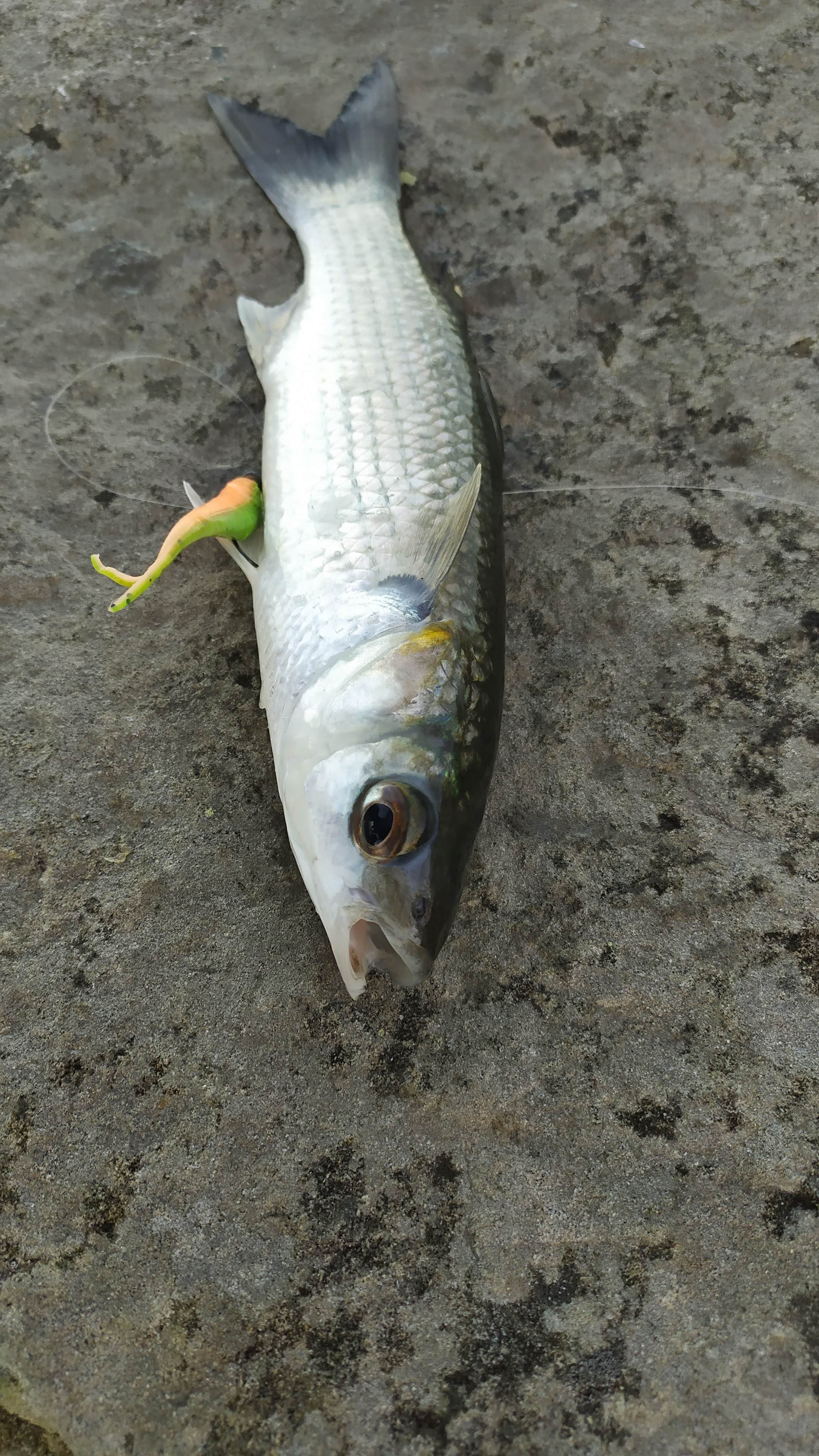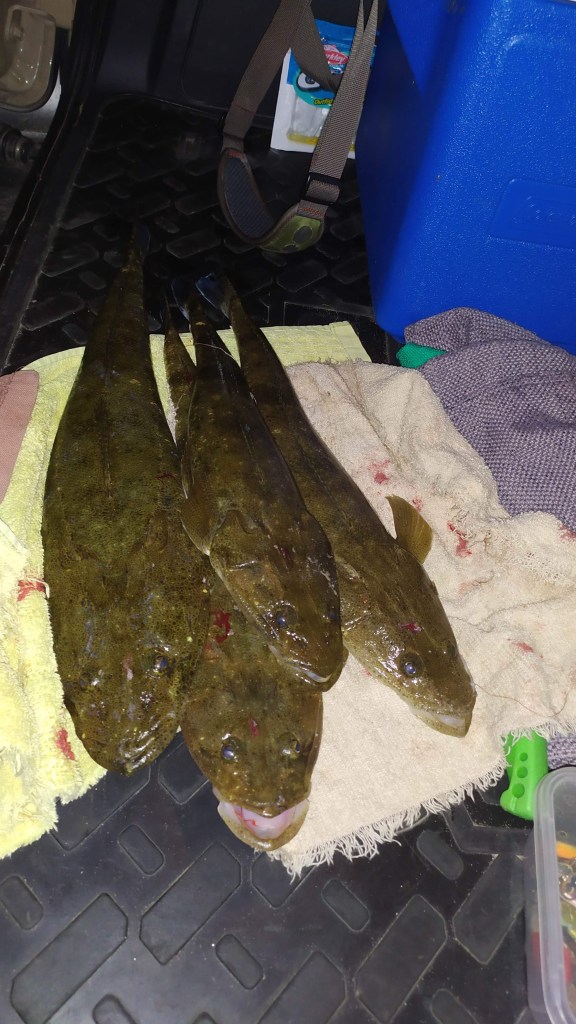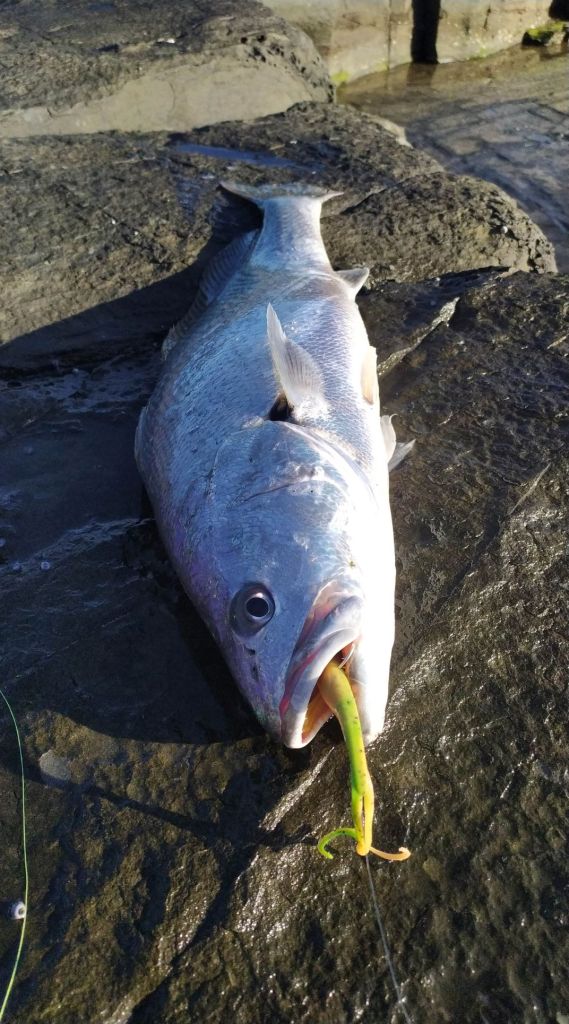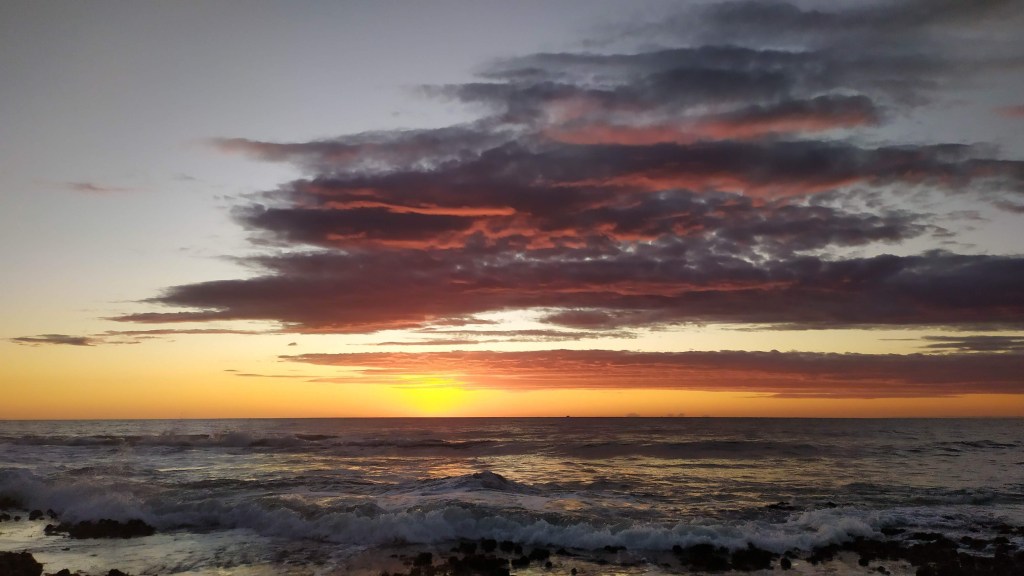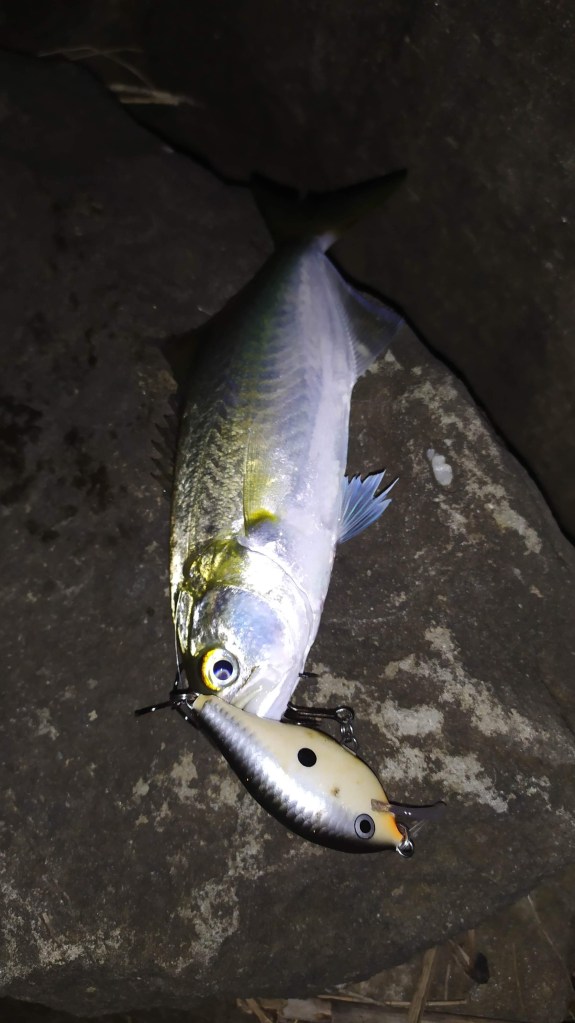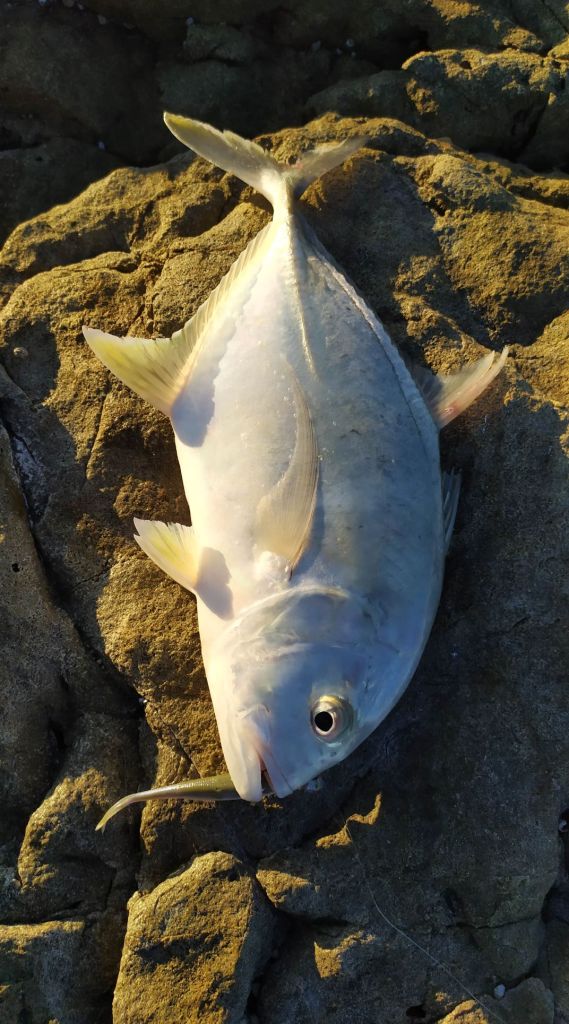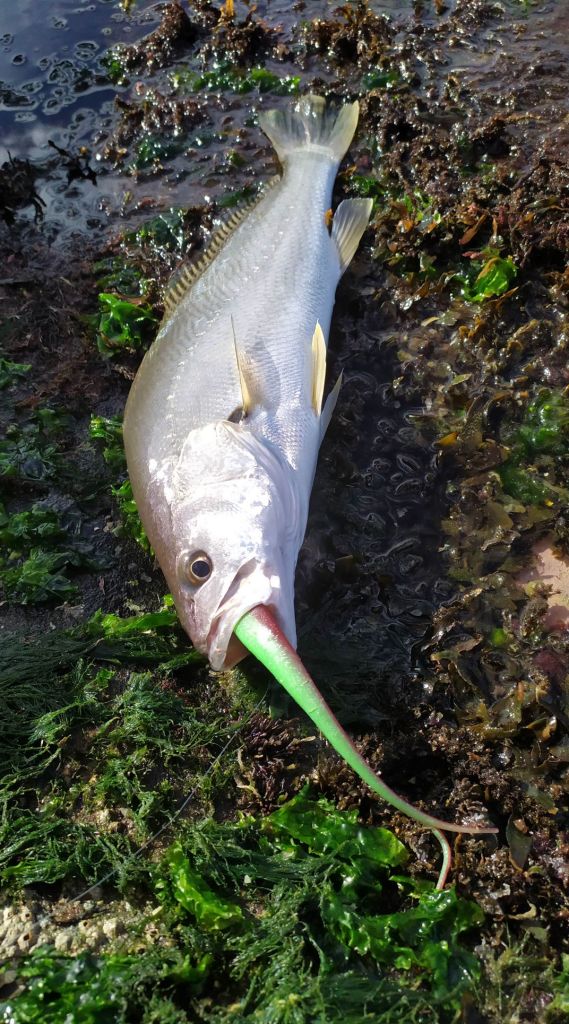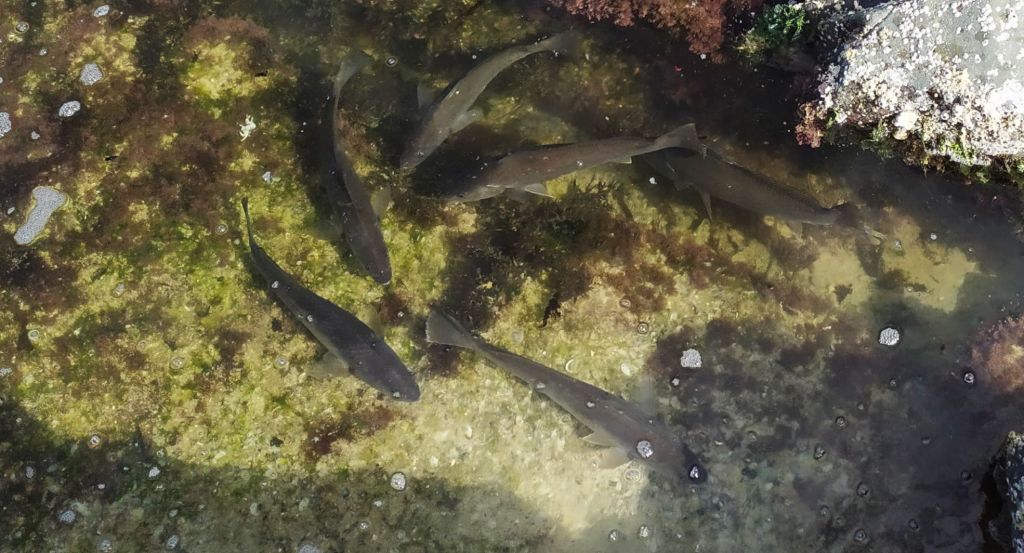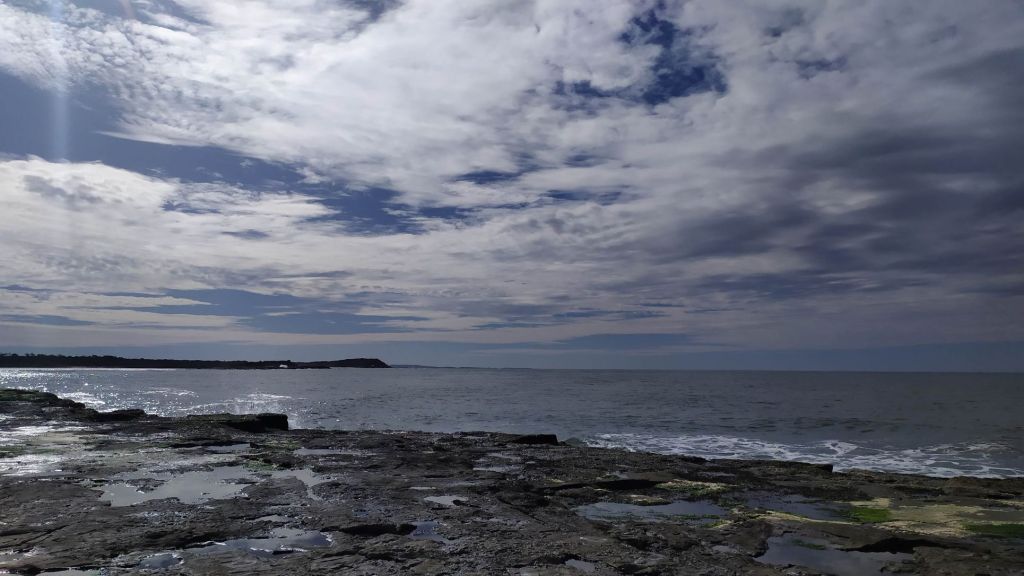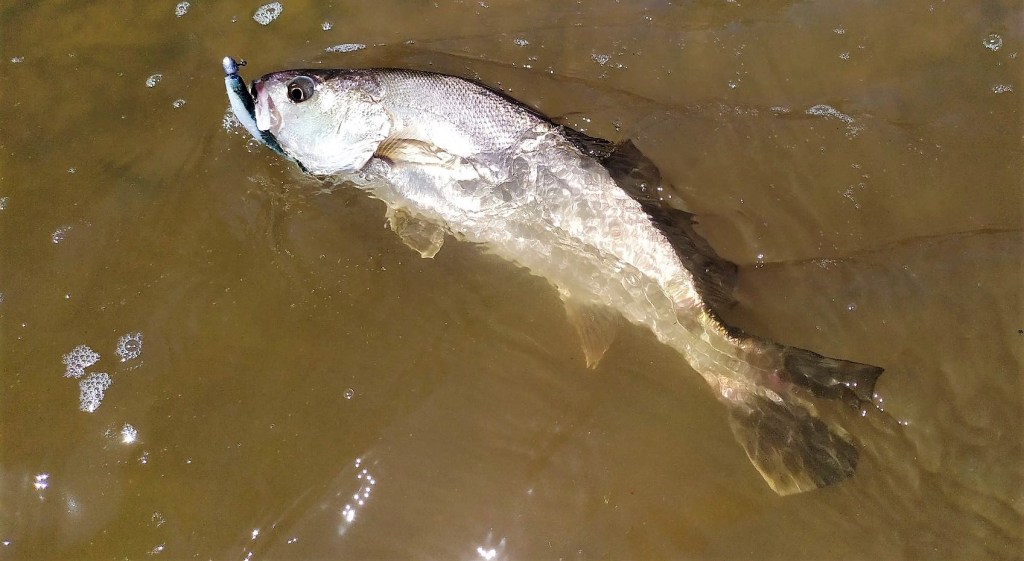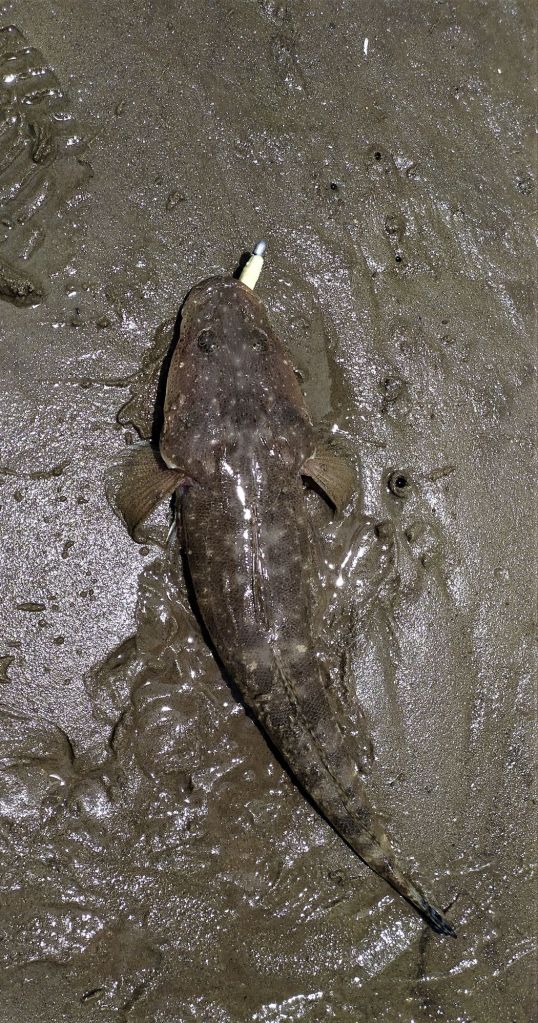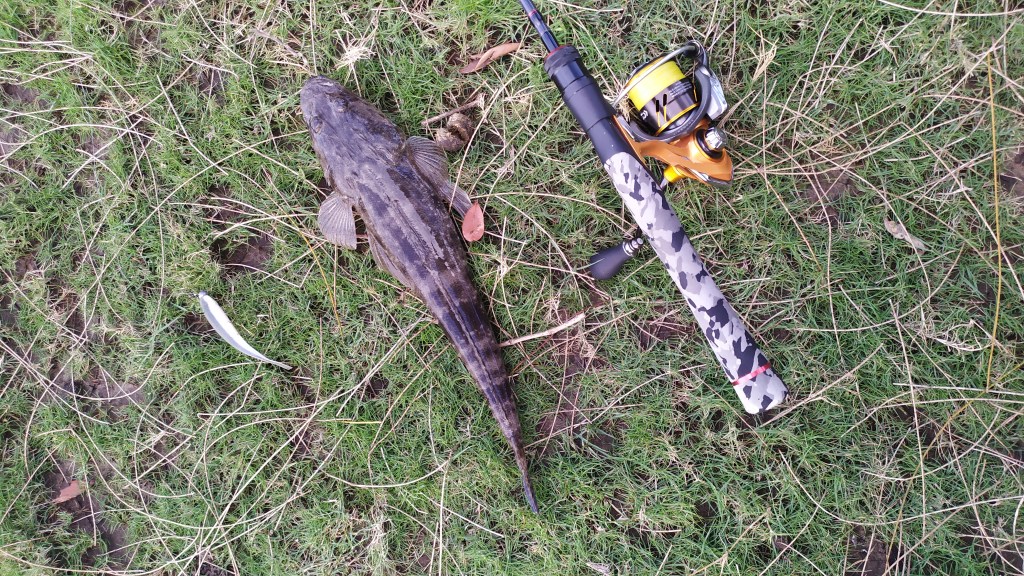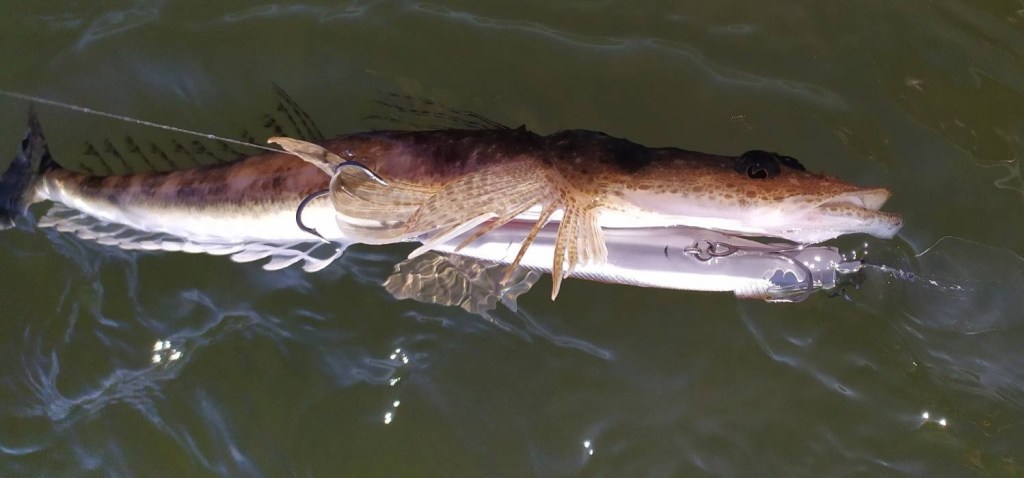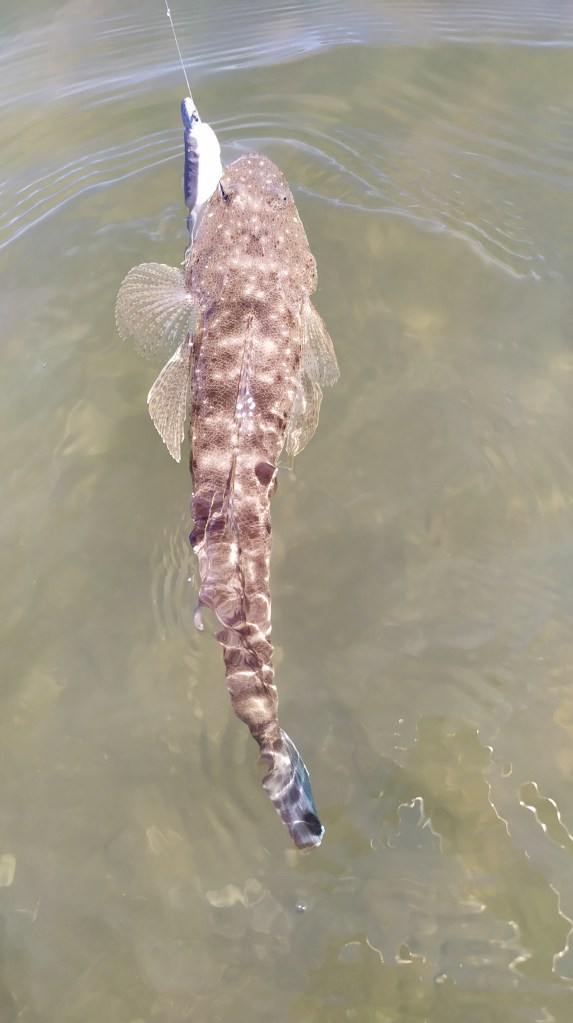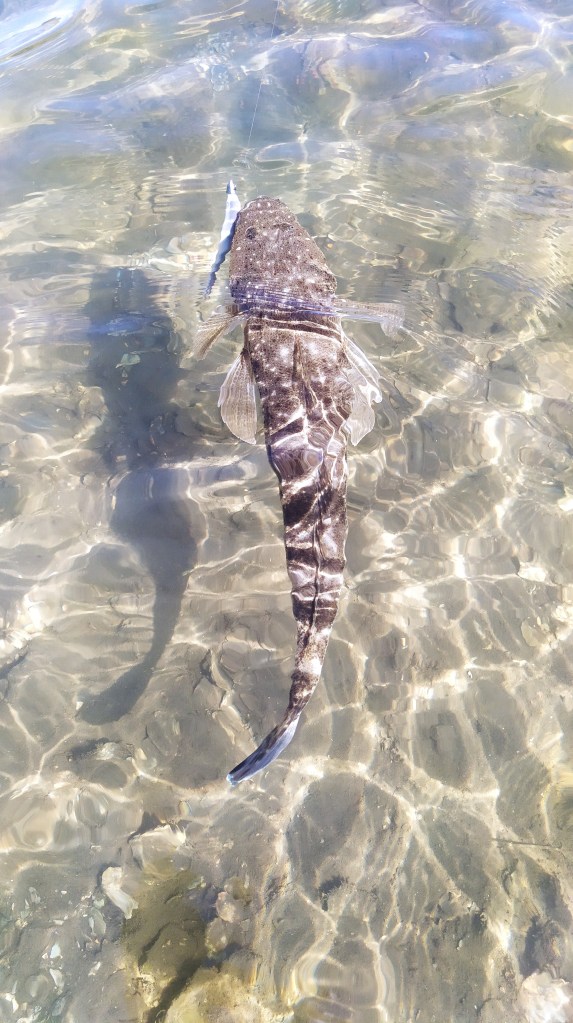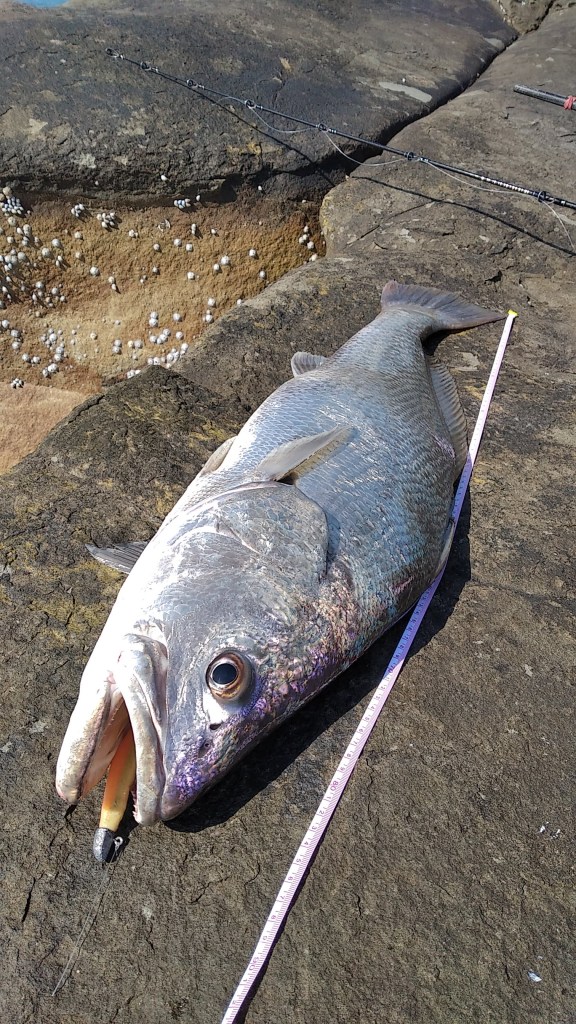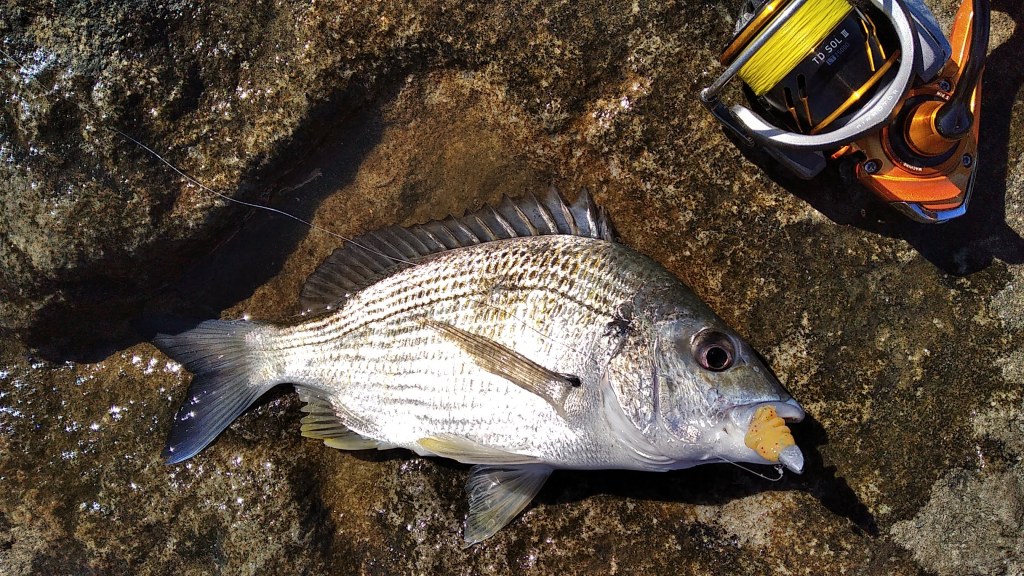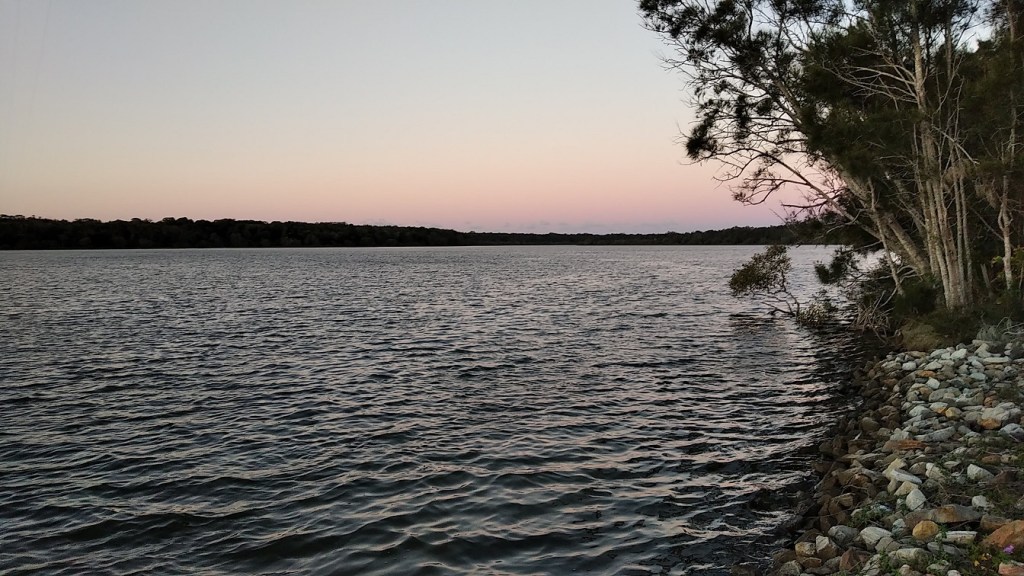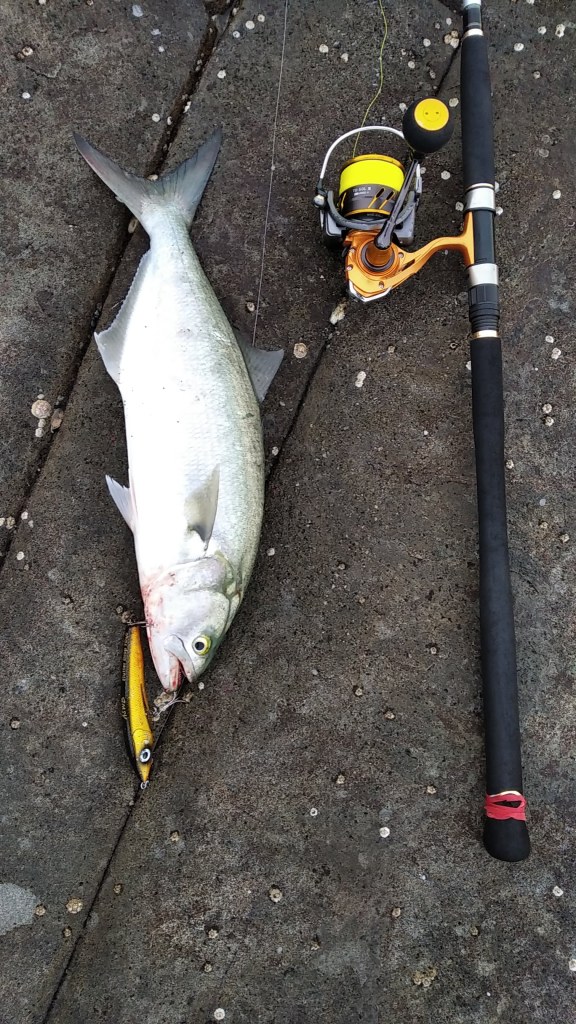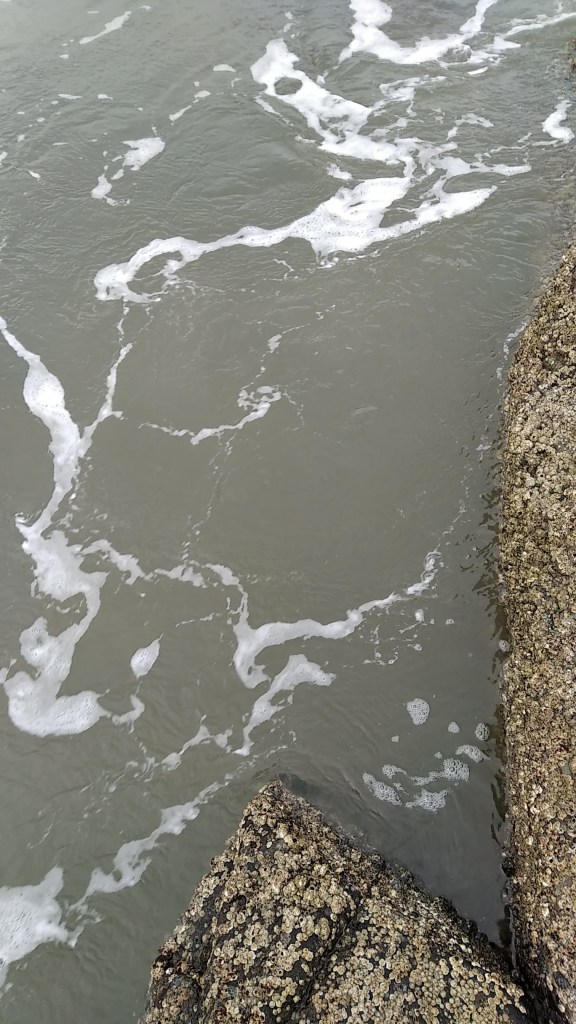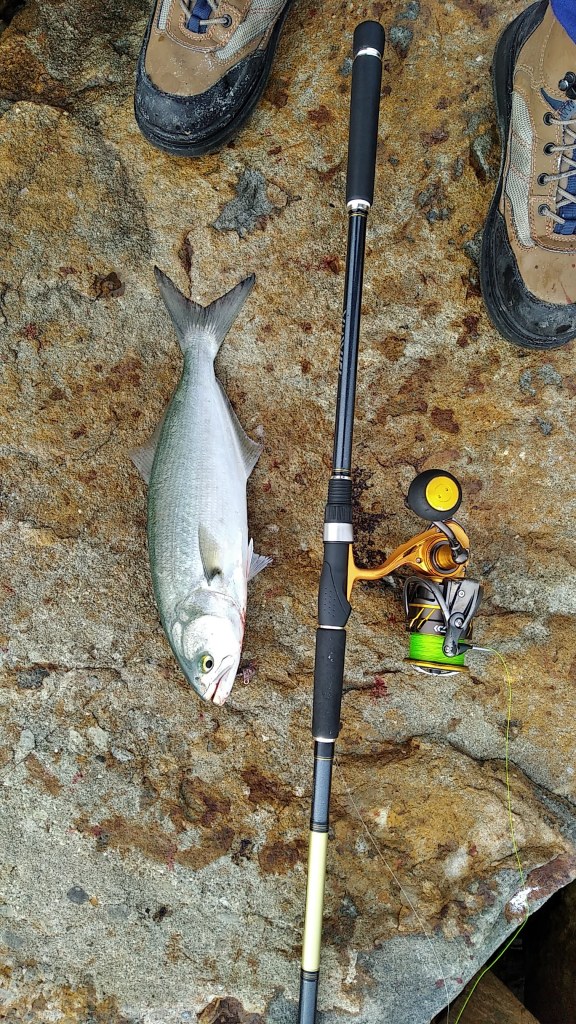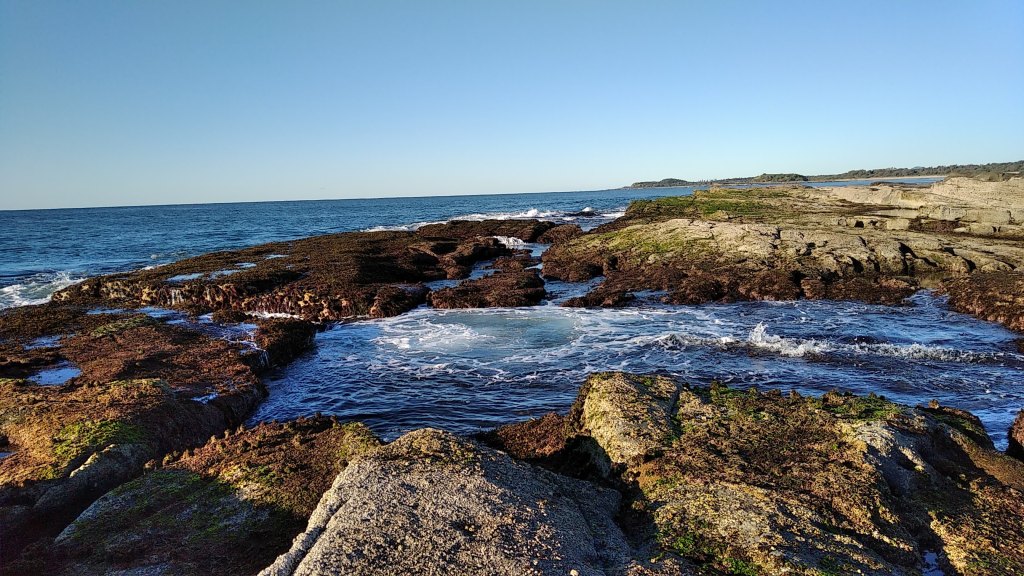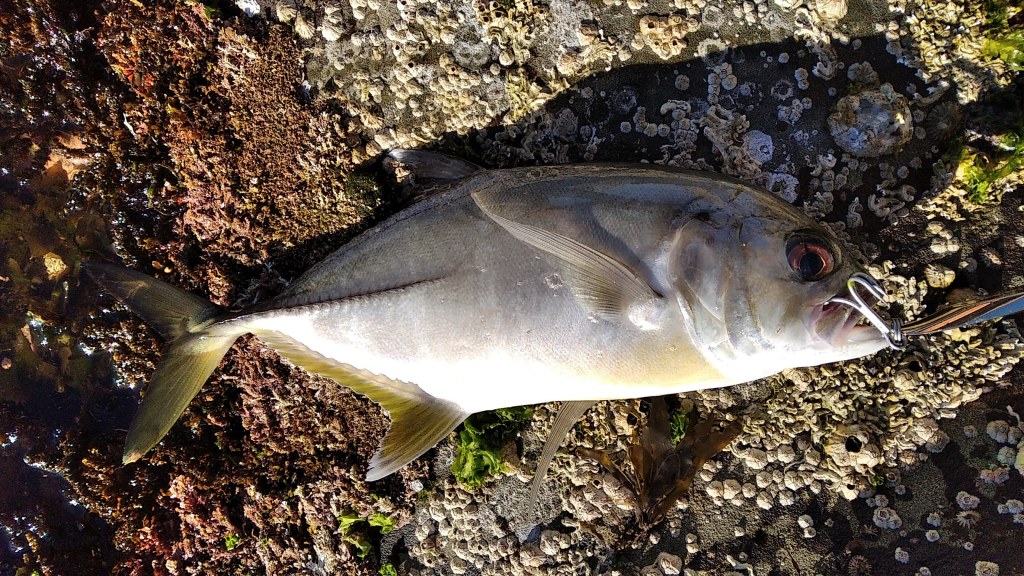December was hotter and drier than usual in the Clarence Valley. In fact the only substantial rain for the month came on Christmas Day. The river was crystal clear and full of bait. The flathead were plentiful and even though I could not find them, other anglers were catching mangrove jacks especially on the more humid days..
Since I decided I can no longer afford G.Loomis rods (or perhaps just cant look after them properly), I have been using the Samaki Zing Gen 3 SZG-562SXL for light tackle fishing in the estuary. It is a great rod with a very fast action and sensitive tip. It is also unbelievable value at under A$150. However I never miss an opportunity to spend more money on tackle so I have been looking for something even lighter.
My search for and even more sensitivity put me firmly in trout rod territory and after a few windy days scrolling the internet and reading the reviews I decided to buy a Daiwa 22 Presso 562ULRS. This is an even faster action rod with a 0.3g to 5.0g cast weight rating but Daiwa stresses it should be very durable thanks to its ” X45 and HVF Nanoplus blank “. It is very light and demands a very light line and leader with its tiny guides. I pair it with my Daiwa TD SOL MQ 2500D spinning real, PE 0.8 braid and usually a 10 or 12lb breaking strain fluorocarbon leader. When fishing for flathead and bream in the estuary it really means you feel absolutely everything your lure comes in to contact with. So far I have found it very capable of subduing quite big fish and I am very happy with it. If I hook a small jewfish or a big flathead it makes landing the fish a little more challenging but I am prepared to let the drag do the work.

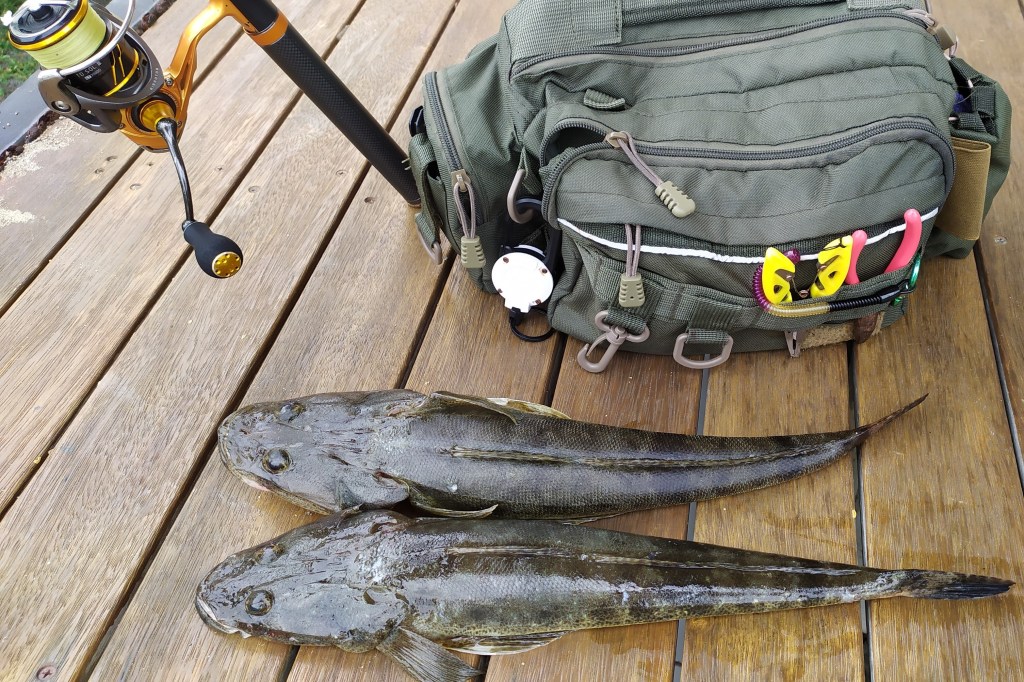



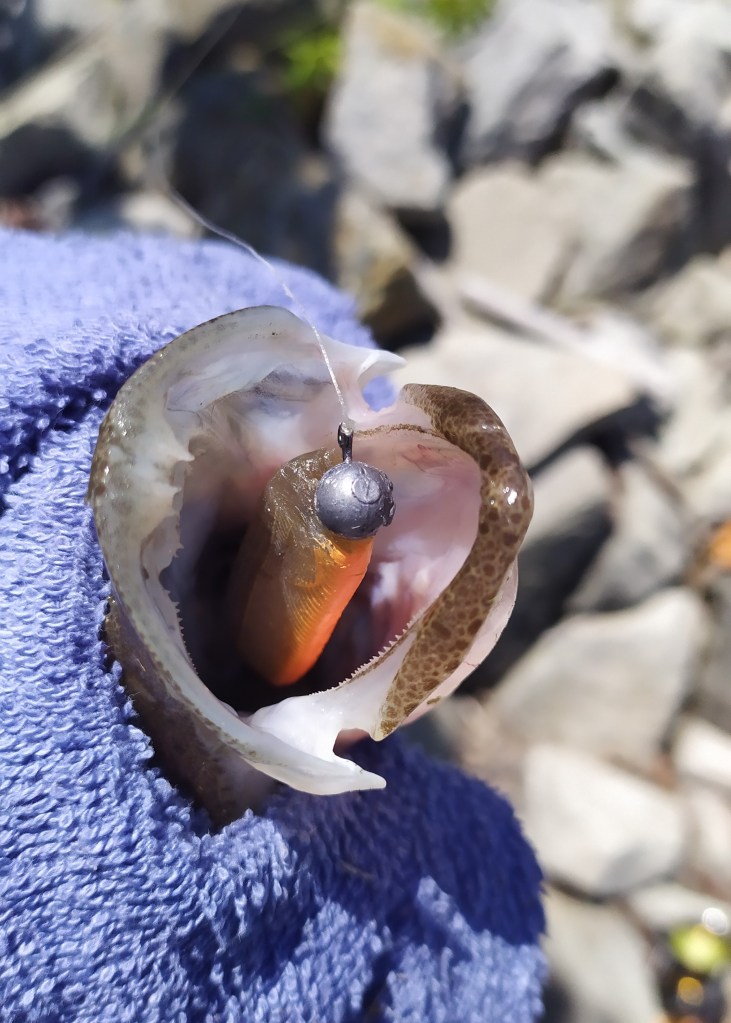


There were not many days when the swell stayed light enough to fish the rocky headlands. However when conditions were safe enough I went looking for jewfish. I found quite a few. They were mainly hiding under the overhanging ledges but not many were keeper size. The bait was thick and we had a run of bonito following the schools around. The tailor were also hanging around. The bonito eat what the tailor eat and will attack any fast moving lure. I kept a few for sashimi, which I have never tried before and they were delicious. It is a much lighter flavour than fresh tuna. As always eating it within12 hours of catching it probably helps. I am very lucky to live where I do.








